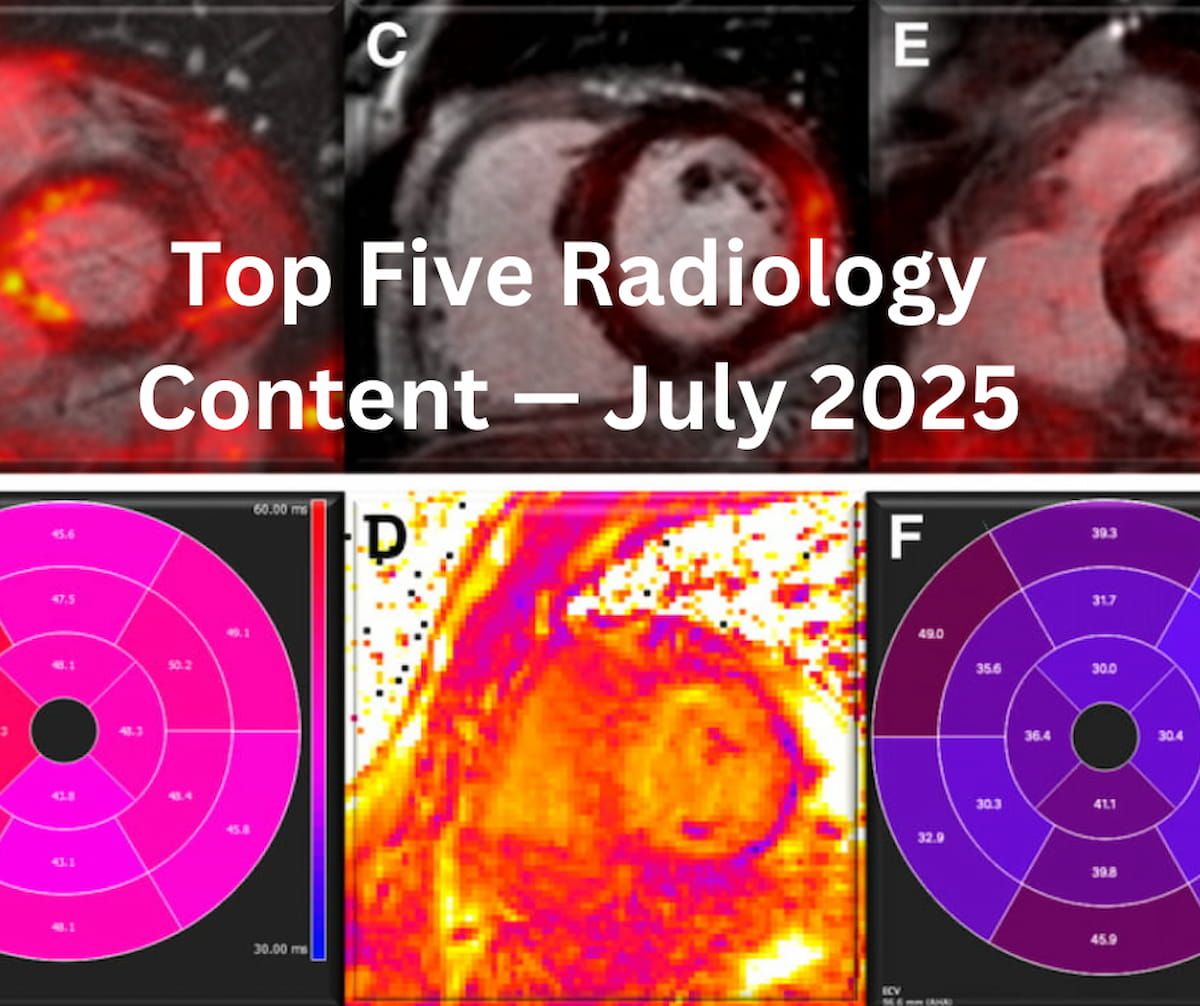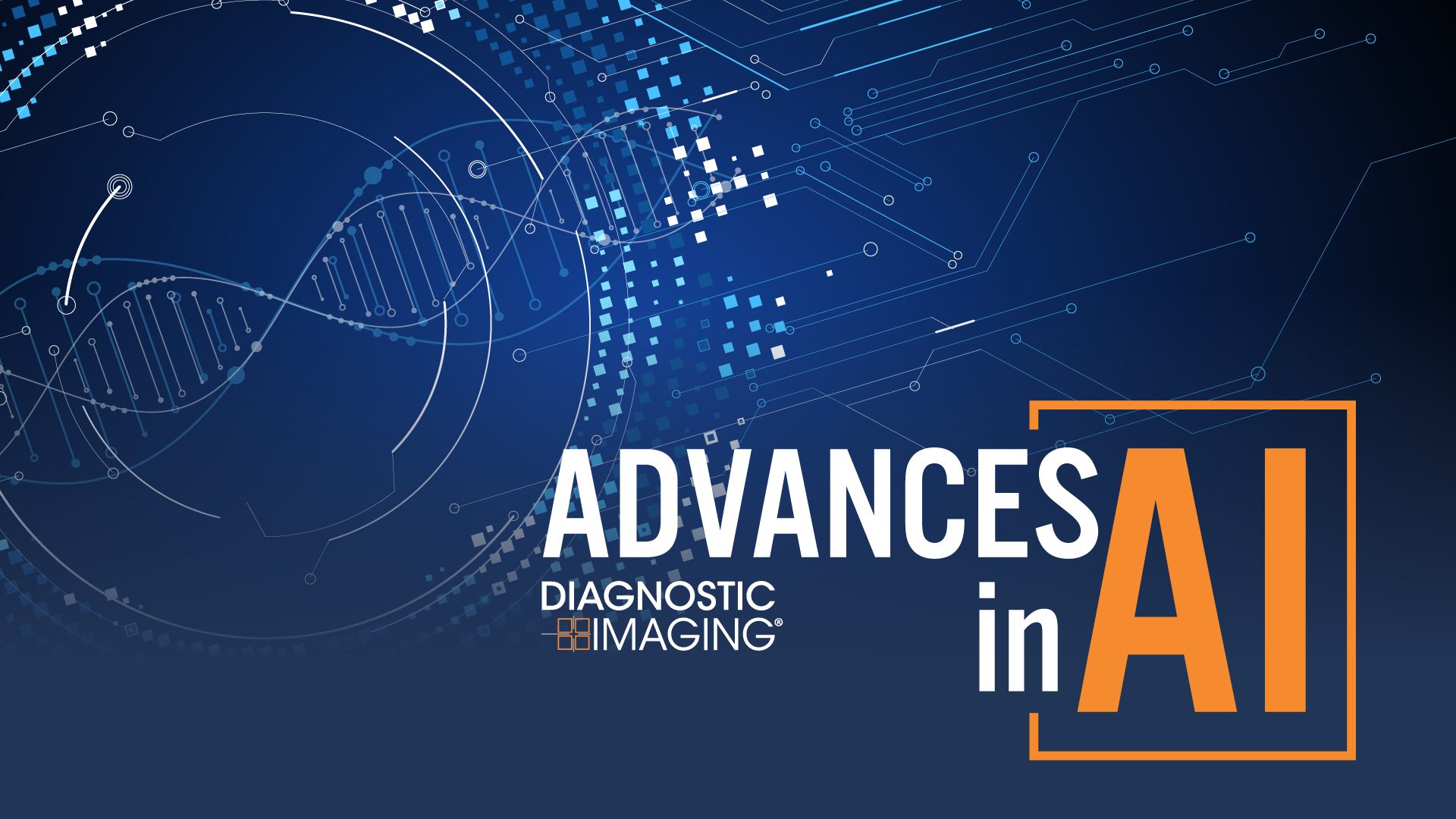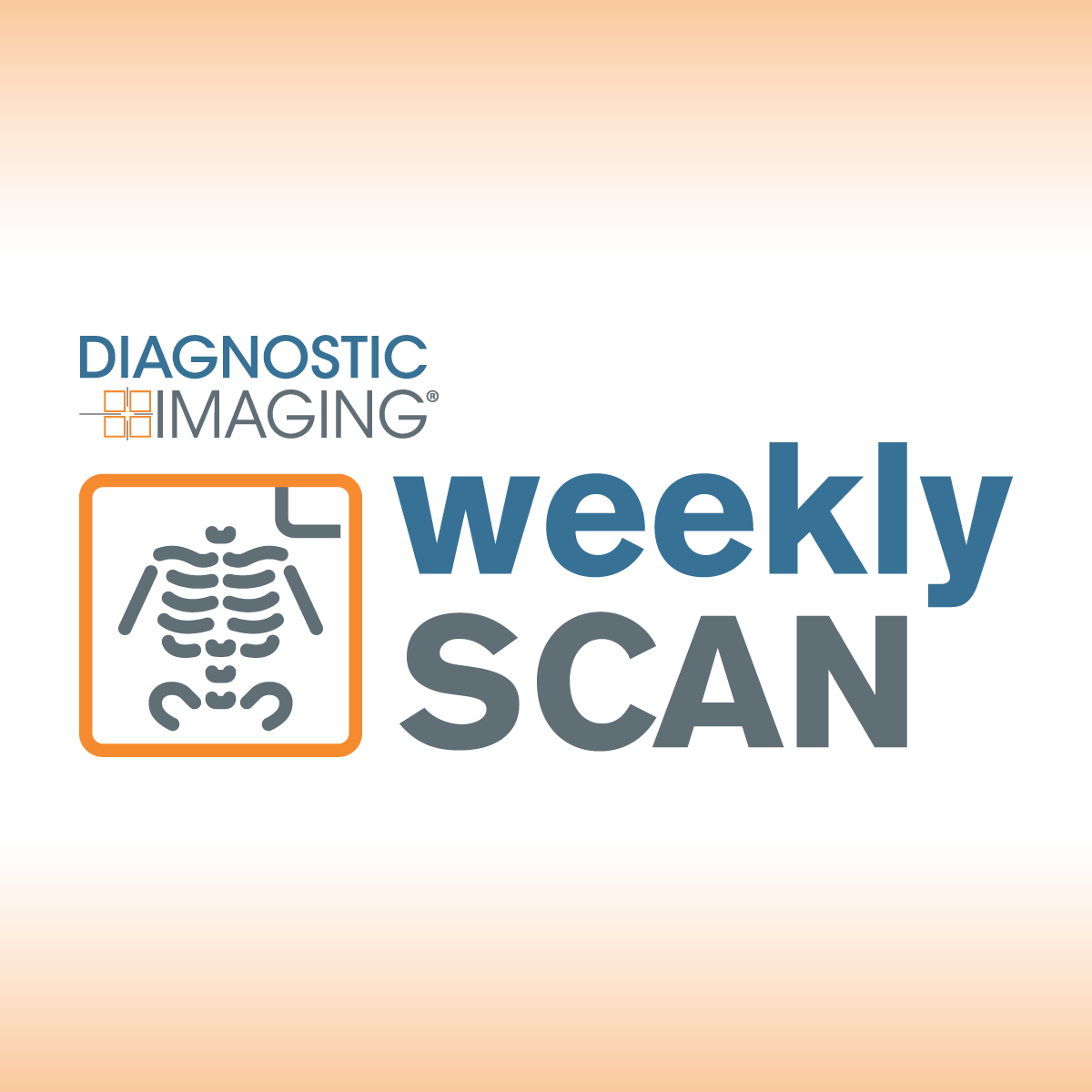
Women's Health Ultrasound
Latest News
Latest Videos

More News

EchoGo Amyloidosis, an echocardiography-based AI screening software, demonstrated a 93 percent AUROC for cardiac amyloidosis detection in a new multicenter study.
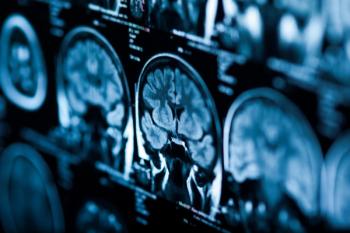
For patients with advanced Parkinson’s disease, the expanded FDA approval of the Exablate Neuro platform allows for the use of MRI-guided focused ultrasound in performing staged bilateral pallidothalamic tractotomy.
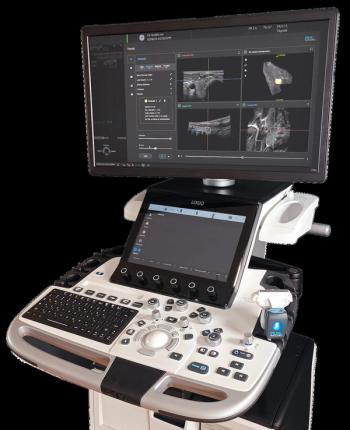
The diagnostic tomographic 3D ultrasound imaging technology PIUR tUS inside will reportedly be available with select GE HealthCare Logiq systems.
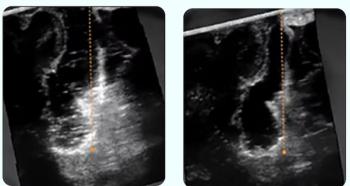
The acoustic coupling fluid and sterile transfer kit reportedly removes acoustic artifacts that can occur with the use of standard irrigation fluids in ultrasound-guided neurosurgical interventions.

Catch up on the top AI-related news and research in radiology over the past month.
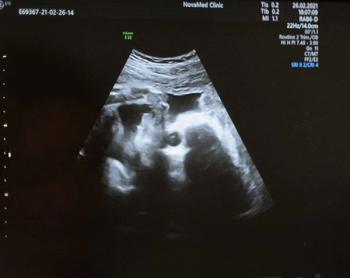
The AI software reportedly facilitates ease of use and improved accuracy in fetal ultrasound evaluations.

The 14th FDA-cleared AI software embedded in the Exo Iris ultrasound device reportedly enables automated detection of key pulmonary findings that may facilitate detection of pneumonia and tuberculosis in seconds.
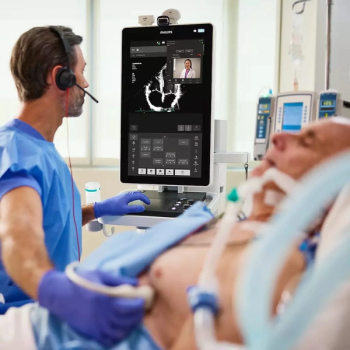
Offering a combination of intuitive touchscreen controls and enhanced image clarity, the portable Flash 5100 POC ultrasound platform reportedly facilitates confident and rapid assessment in emergency radiology and critical care settings.
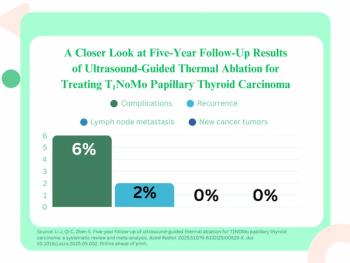
In a meta-analysis involving over 2,200 patients with T1NoMo papillary thyroid carcinoma, researchers noted 2 percent recurrence and no cases of lymph node metastasis five years after ultrasound-guided thermal ablation.
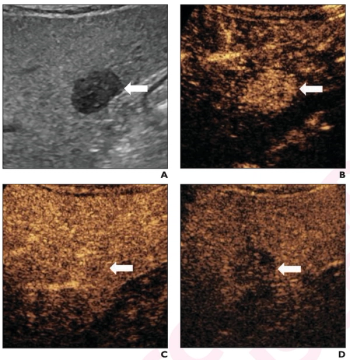
In a new literature review, researchers discussed key considerations with the use of B-mode ultrasound and contrast-enhanced ultrasound in the detection of hepatocellular carcinoma.
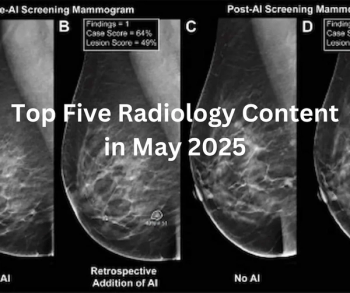
Catch up on the most-well viewed radiology content in May 2025.

Catch up on the top radiology content of the past week.

For women with dense breasts and negative mammograms, contrast-enhanced mammography and abbreviated MRI provided respective cancer detection rates of 19.2 per 1000 exams and 17.4 per 1000 exams, according to new research.
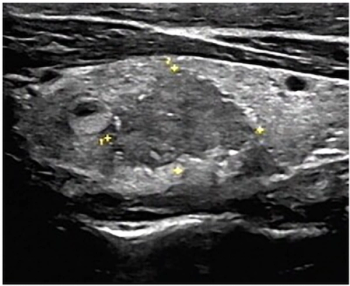
Incorporating six independent predictive factors for malignant thyroid nodules with peripheral calcifications, an emerging ultrasound-based nomogram provided an 88.2 percent AUC in validation testing.

Catch up on the top radiology content of the past week.
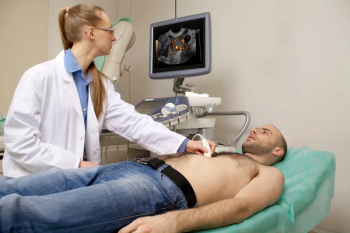
Those receiving ultrasound enhancing agents (UEAs) for transthoracic or stress echocardiography had lower odds of all-cause death in comparison to patients who did not have UEAs, according to a nationwide study involving 11.4 million patients.
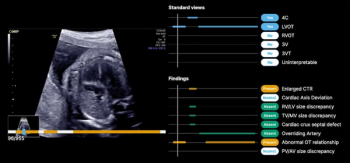
The latest FDA 510(k) clearance is for B-Right Views, an AI-enabled device, which provides automated detection of required views necessary for second- and third-trimester fetal heart ultrasound exams.

Catch up on the most-well viewed radiology content in April 2025.

Catch up on the top AI-related news and research in radiology over the past month.

The T-Mode Anterior Knee feature reportedly offers a combination of automated segmentation and real-time conversion of grayscale ultrasound images into color-coded visuals that bolster understanding for novice ultrasound users.
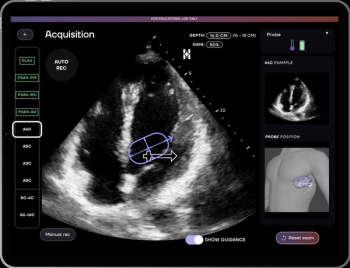
Recent research has demonstrated that the AI software HeartFocus enabled novice health-care providers to achieve greater than 85 percent agreement with expert sonographers in assessing echocardiographic parameters.

A systematic review of 147 clinical trials assessing neoadjuvant systemic therapy for breast cancer also revealed that mid-treatment imaging was utilized in 56 percent of the studies.

In a study recently presented at the American College of Cardiology (ACC) conference, researchers found that novice use of AI-guided cardiac ultrasound after an AI-enabled electrocardiogram increased the positive predictive value for reduced left ventricular ejection fraction (LVEF) or aortic valve stenosis by 33 percent.
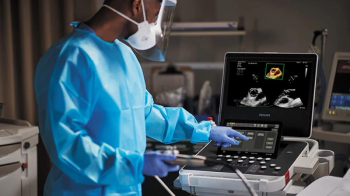
Artificial intelligence (AI)-powered measurement capabilities provide key features with the Compact Ultrasound 5500CV device, which was unveiled at the American College of Cardiology (ACC) conference.

Catch up on the top AI-related news and research in radiology over the past month.

